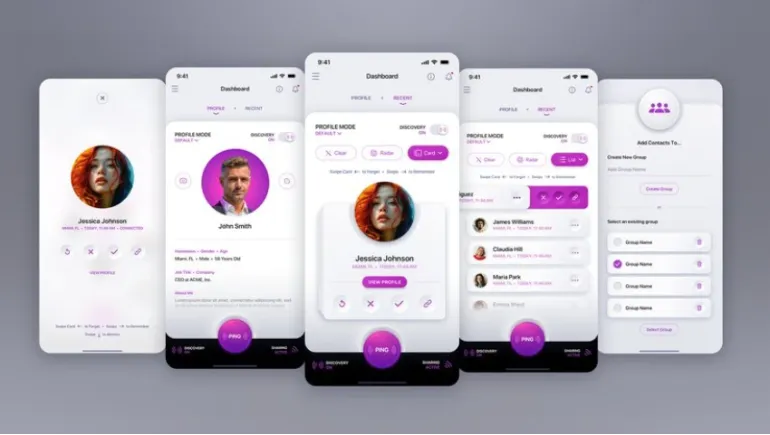
Mobile app design in 2025 has evolved to meet higher expectations for speed, personalization, accessibility, and intuitive navigation. With users spending more time on mobile than ever, designers must balance innovation with usability. This year, successful app design is defined by human-centered thinking, adaptive interfaces, and seamless cross-platform experiences. Below are the key guidelines and trends shaping mobile app design in 2025.
The foundation of any good app is a deep understanding of the user. In 2025, user-centered design (UCD) is not just recommended—it’s expected. Every design decision should address user pain points, behaviors, and motivations.
With more users owning foldable phones, tablets, and wearable devices, apps must adapt fluidly across screen sizes and orientations. Responsive design now extends beyond just portrait and landscape modes.
Apps are becoming more accessible with touchless interactions. Voice UI, gesture controls, and AI assistants are reshaping the way users navigate apps, especially in productivity, health, and home automation categories.
Minimalism continues to be dominant, but now it’s about achieving more with less. Clean interfaces with powerful functionality keep users focused and reduce cognitive load.
Accessibility is no longer an afterthought. With global regulations tightening and public awareness increasing, inclusive design is a must.
Microinteractions guide users through processes and provide instant feedback. In 2025, subtle, purposeful animations enhance the user experience without slowing it down.
Users expect more control over their interface experience. Dark mode, light mode, and dynamic themes are now standard in design systems.
AI-driven personalization is more intelligent in 2025. Context-aware apps adjust content, UI, and layout based on time, location, and usage patterns.
First impressions matter. When an app is first opened or when content is missing, users should still feel guided, not lost.
Users expect seamless experiences across devices. Whether it's an Android tablet, iPhone, or a progressive web app, the experience should be consistent and intuitive.
With more scrutiny on data privacy, design choices must reinforce security without adding friction.
Thanks to 5G, users expect near-instant loading times. Still, offline functionality is key for global audiences.
App navigation in 2025 favors gestures over buttons. Designs must be usable with one hand, particularly on large-screen devices.
Digital well-being and sustainability now influence design choices. Responsible designers build apps that respect time, attention, and the environment.
In 2025, mobile app design is about crafting experiences that are smart, inclusive, and responsive to the evolving needs of users and technology. Following these guidelines not only ensures a better user experience but also sets the foundation for long-term engagement and brand loyalty. Whether you're designing a new app or updating an existing one, these principles will help you stay relevant, efficient, and ahead of the curve in today’s competitive mobile landscape.












Comments
There are no comments for this Article.